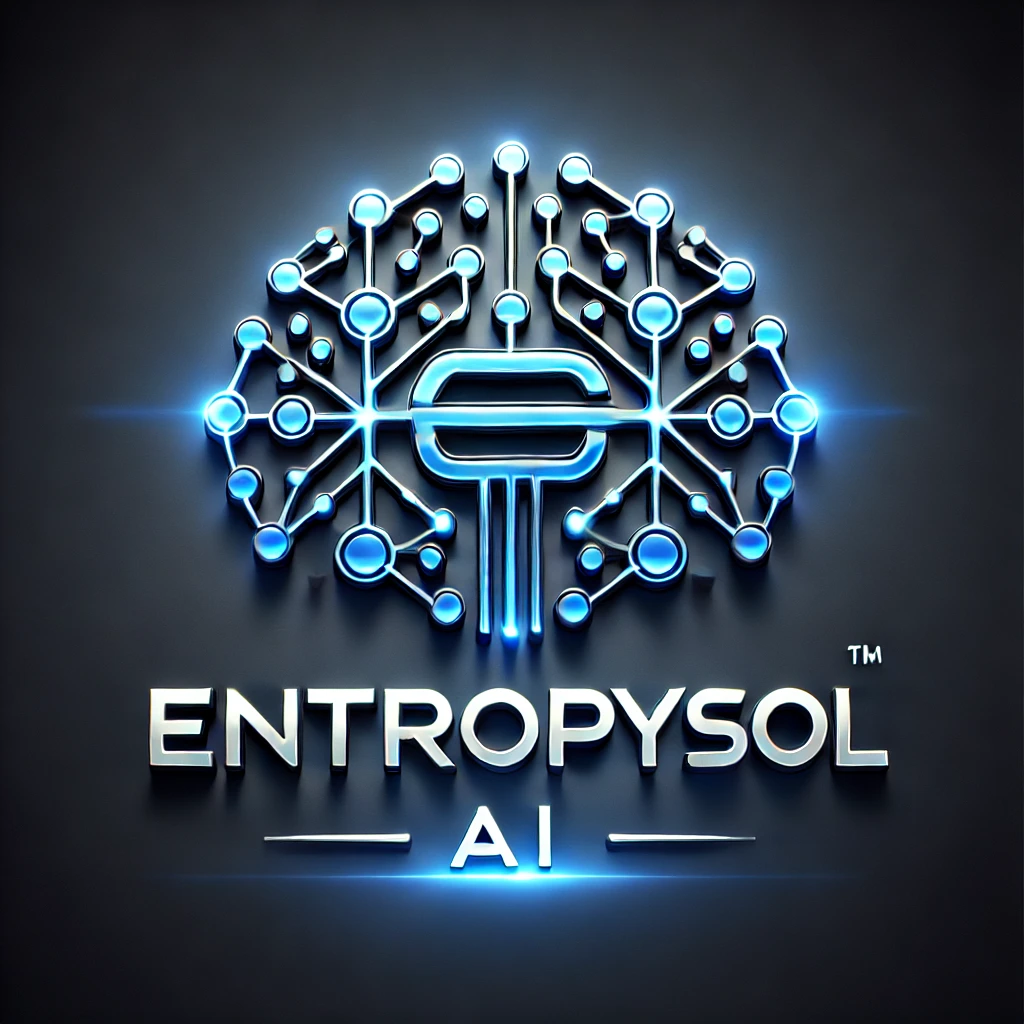The promise of truly intelligent AI that provides accurate, up-to-date, and context-aware responses is being realized through Retrieval-Augmented Generation (RAG). This innovative technique significantly enhances large language models (LLMs) by grounding their answers in external, verifiable knowledge. But how does RAG efficiently sift through vast datasets to find relevant information in real time? The answer lies in the synergistic power of Encoders (Embedding Models) and specialized search libraries like FAISS.
RAG: The Power of Knowledge Grounding
As we’ve discussed, RAG combines the generative power of LLMs with information retrieval. Instead of relying solely on the LLM’s pre-trained knowledge (which can be outdated or prone to “hallucinations”), RAG dynamically fetches relevant data from a knowledge base before generating a response. This process ensures:
- Accuracy: Responses are based on factual, current data.
- Contextuality: Answers are directly related to specific, relevant information.
- Verifiability: Users can often trace the source of the information.
RAG is crucial for applications demanding high precision, such as in healthcare, finance, and legal research.
Encoders (Embedding Models): The Language of Vectors
For a computer to efficiently compare and retrieve textual information, it first needs to “understand” the meaning and context of that text. This is where Encoders, also known as Embedding Models, come into play. These sophisticated deep learning models translate text (words, sentences, paragraphs, or entire documents) into high-dimensional numerical vectors, often called embeddings.
The key property of these embeddings is that semantically similar texts are mapped to vectors that are geometrically close to each other in the high-dimensional space. For example, the embedding for “apple fruit” would be closer to “banana” than to “Apple Inc.” This numerical representation allows computers to perform mathematical operations to determine how related different pieces of text are.
FAISS: Fast and Efficient Similarity Search
Once you have millions or billions of these high-dimensional embeddings representing your knowledge base, you need an extremely efficient way to find the most relevant ones. This is where FAISS (Facebook AI Similarity Search) becomes indispensable. FAISS is an open-source library developed by Meta AI specifically designed for efficient similarity search and clustering of dense vectors.
- Why FAISS? Brute-force searching through millions of vectors to find the closest ones is computationally prohibitive. FAISS provides optimized algorithms and data structures (like index types for quantization and clustering) that allow for incredibly fast nearest neighbor searches, even on massive datasets.
- Its Role: In a RAG system, FAISS quickly identifies the top N most similar document chunks to a given user query’s embedding, enabling rapid retrieval of context.
How RAG, Encoders, and FAISS Work Together: The RAG Pipeline
The integration of these three components forms the core of a powerful RAG pipeline:
- Knowledge Base Preparation: Your documents (articles, reports, PDFs) are first processed. An Encoder (Embedding Model) converts each document or relevant chunk into its corresponding numerical embedding.
- Indexing with FAISS: These embeddings are then stored and indexed within a FAISS index. This step optimizes the data structure for ultra-fast similarity lookups.
- User Query Processing: When a user poses a question, that query is also passed through the same Encoder to generate its embedding.
- Retrieval via FAISS: The query embedding is then used with the FAISS index to quickly find the top K most similar document embeddings from your knowledge base.
- Contextual Generation (RAG): The actual text content corresponding to these retrieved, relevant embeddings is then passed as context to the Large Language Model, along with the original user query. The LLM uses this specific context to generate a precise, grounded, and accurate response.
The Synergy: Smarter, More Reliable AI
The combined power of RAG, intelligent Encoders, and lightning-fast FAISS indexes represents a significant leap in AI capabilities. This synergy allows organizations to build highly accurate, current, and trustworthy AI applications that leverage vast amounts of proprietary or real-time data, pushing the boundaries of what LLMs can achieve in practical, production environments.
